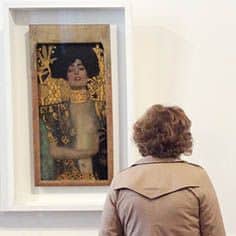The Belvedere Palace: Art and History of Austria
A guide for those looking for art in Vienna
The Belvedere is a sumptuous Baroque ensemble consisting of two palaces and a park. This complex is preserved better than any other comparable monument of this period in Europe. If you are primarily interested in sightseeing, in two hours you will be able to see both palaces and the park. But art and architecture connoisseurs will certainly require at least half a day to explore all collections.
The Upper Belvedere
When they say, “Belvedere Palace”, they usually mean the Upper Palace, the representative one. This is the must-see site for tourists, and it is where hundreds of thousands of viewers come yearly to see Gustav Klimt’s work.


A paragon of Viennese Baroque par excellence, it reminds us of its first owner, Prince Eugene of Savoy. The prince is remembered as a great military commander, diplomat and philanthropist. Sculptures of the Muses, Atlas, and trophies of arms as well as domes in the form of Ottoman tents should convince you of this.
The exposition is built up chronologically from the 14th to the early 20th century. You will find Gothic art on the ground floor, Baroque on the first floor and post-war art on the second floor. Although the chronological principle stays constant, some changes in the exhibition take place from time to time. Of course, such masterpieces as Klimt’s The Kiss or Jacques-Louis David’s Napoleon Crossing the Alps remain in place, but the idea of a nation and its past is changing all the time, and the museum has to reflect these changes.
Thus, the number of medieval religious artworks in the Upper Palace was reduced by half in the last ten years. Those considered to be too middle-class works of the Biedermeier era were also moved to a less prestigious upper floor.
In the centre of the exposition are the works of the Art Nouveau artists, headed by Gustav Klimt. As for the generation of their predecessors, like academic history painter Hans Makart, they have almost no place in the Belvedere now. Their decorative and pompous canvases had to make space for works of contemporary artists. Twice a year, one artist gets a chance to make his statement in one room with national art treasures. As a rule, these projects demonstrate an attempt of a critical reassessment of Austria’s past and present. So, if you like art telling stories from the nation’s history, you will love this museum.
Gustav Klimt in the Belvedere
From all of the Belvedere collections, only Art Nouveau art has overcome the limits of the national canon, attracting visitors with its aesthetic and conceptual qualities. That is why the Belvedere is an obligatory museum in Vienna for those who are interested in the art of Klimt, Schiele of Kokoschka.
But you also find in the Belvedere paintings by great non-Austrian artists – Claude Monet, Auguste Renoir, Edward Munch and Vincent van Gogh, as well as several sculptures by Rodin, who spent considerable time in the company of Klimt in Vienna. At the beginning of the 20th century, the process of distributing the art collections among museums brought these works to the Belvedere, and today they represent a pan-European context in an exhibition of 19th-century Austrian art.

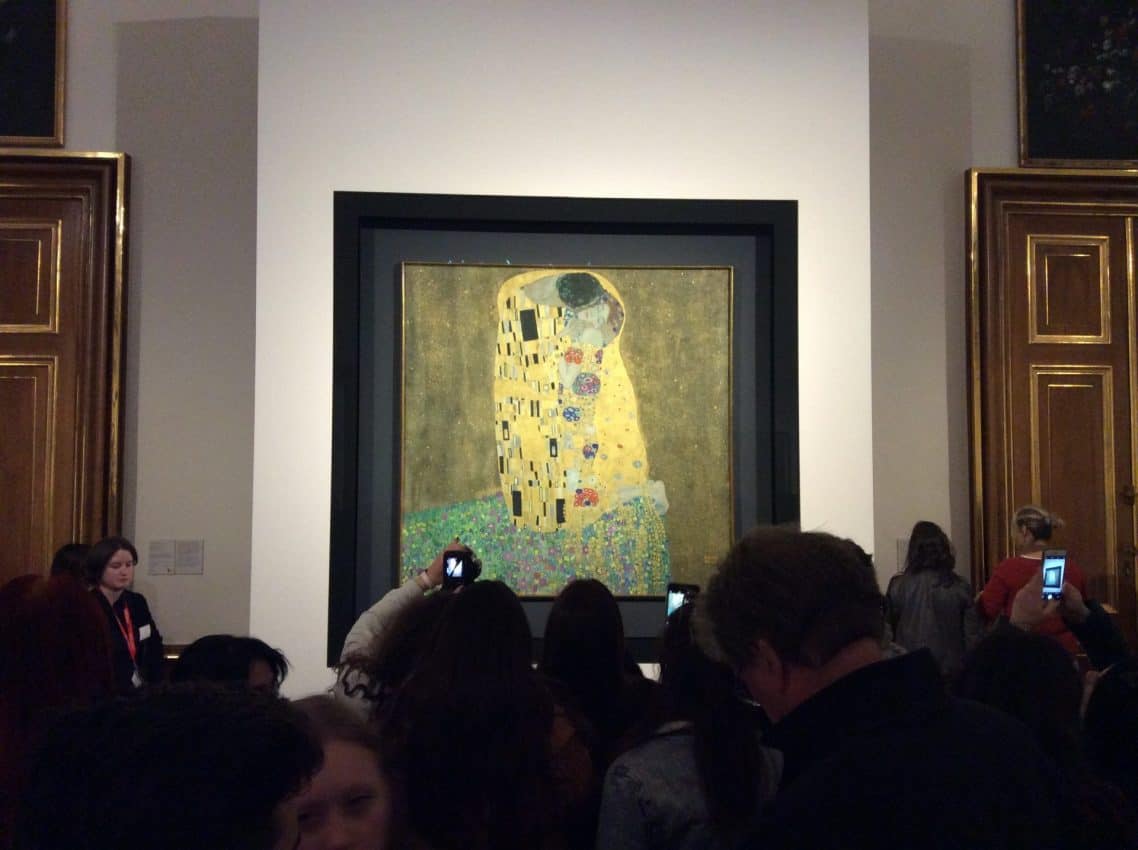


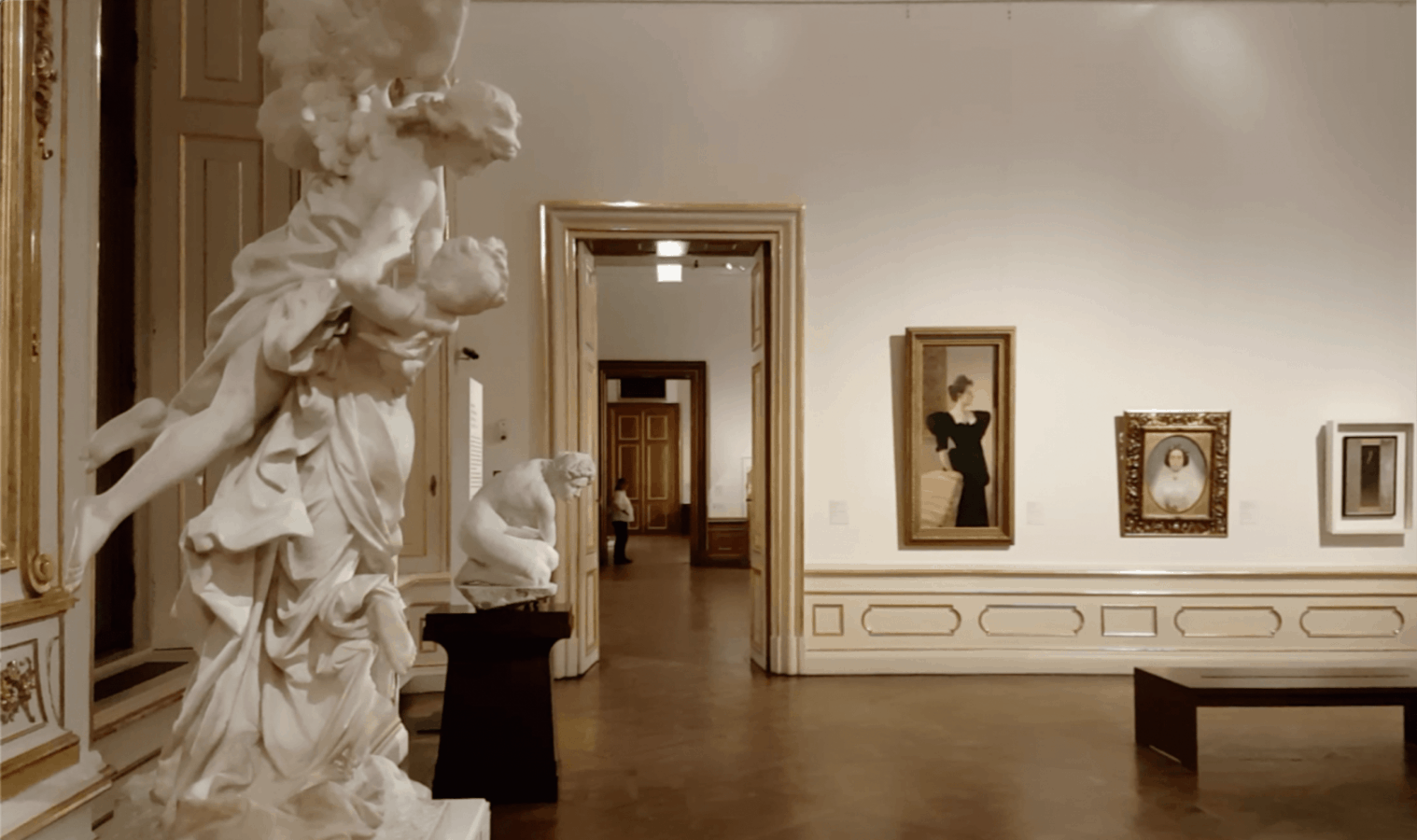
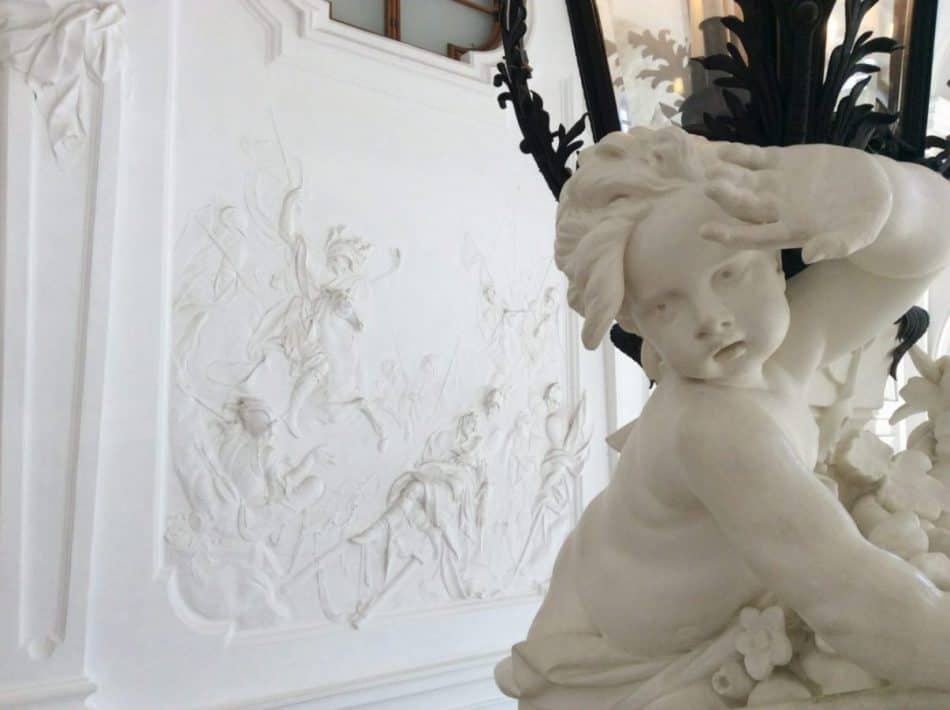

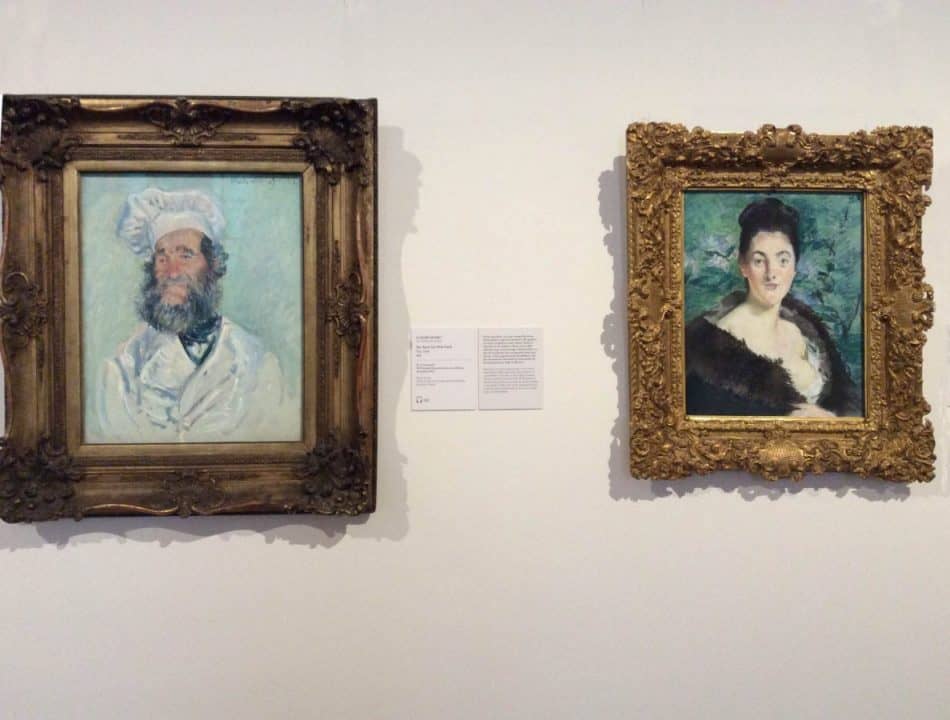
The Lower Belvedere
Opposite the Upper is the Lower Belvedere Palace, just 10-15 minutes on foot through the park. This place is more often visited by residents of Vienna, as the exhibitions here often change, and two or three exhibitions are held here at once.
In addition to the living rooms of the prince (in which, by the way, the interiors are much better preserved than in the upper palace), today’s visitors can also visit a greenhouse and a stable turned into exhibition halls.
The former stable with elegant marble horses’ troughs now hosts a medieval art collection. Here you will find the head of John the Baptist on the plate, and the devil with bird claws. Stories explaining concepts of Christian religion demonstrate the most remarkable creativity. The most exciting scenes illustrate the lives of the Fourteen Holy Helpers.
Exhibitions in the Lower Belvedere serve as extended presentations of the collections exhibited in the Upper Palace. They may show art that places Austrian authors into the international context, though international projects, such as the monographic exhibition of Kiki Smith or Donna Huanca, are much less frequent.
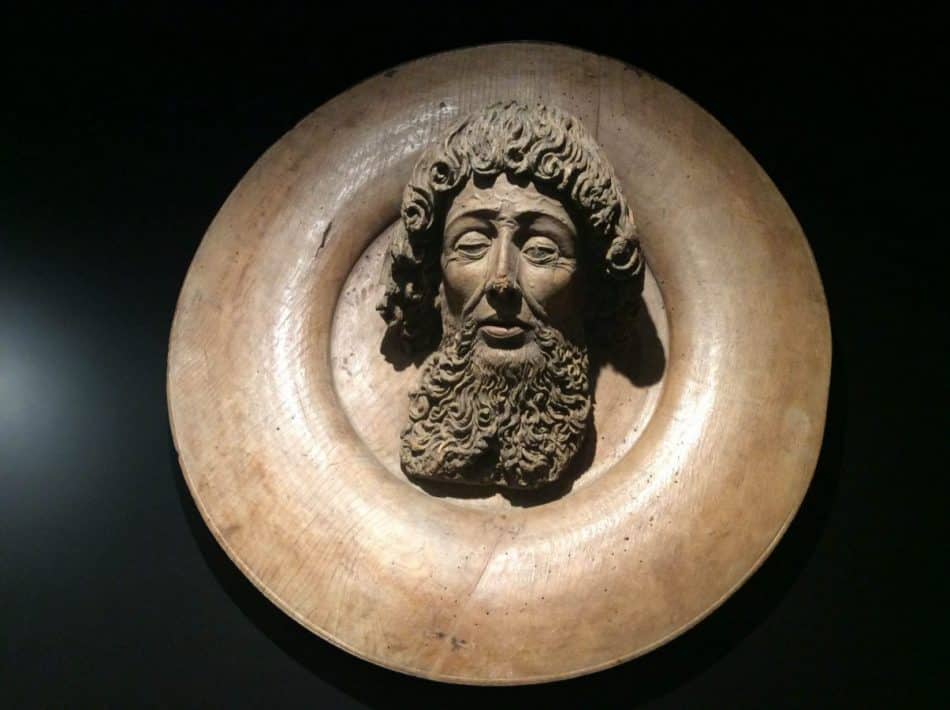
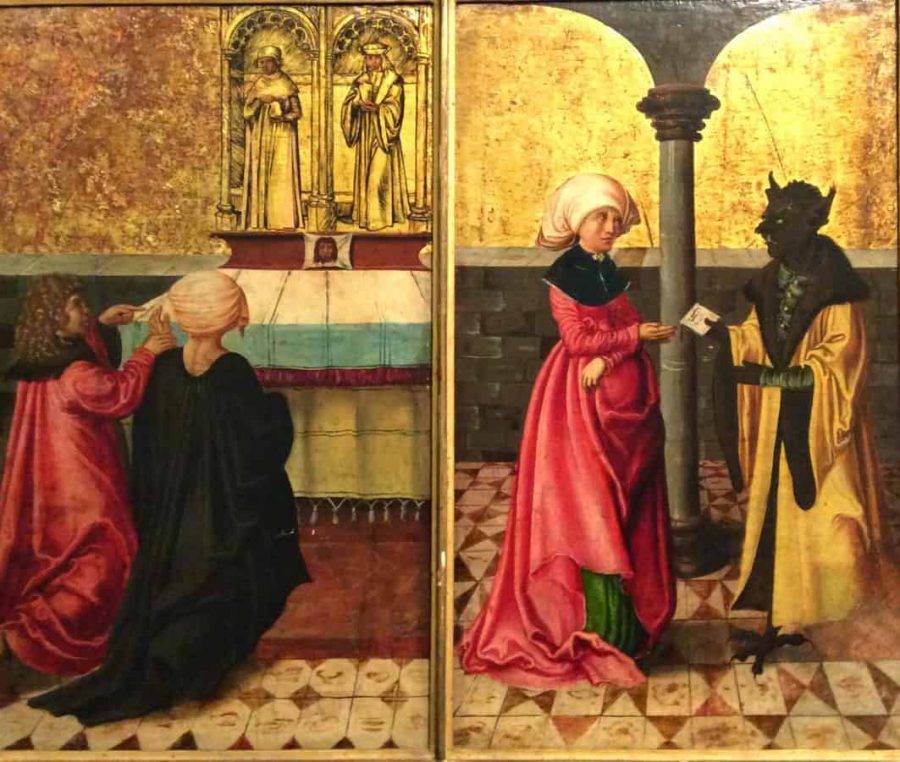
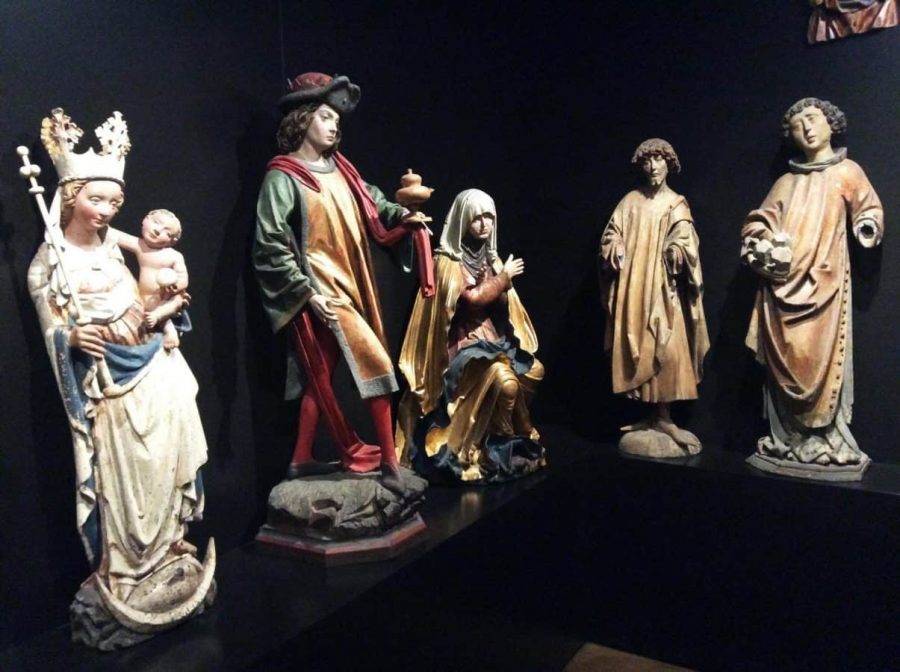
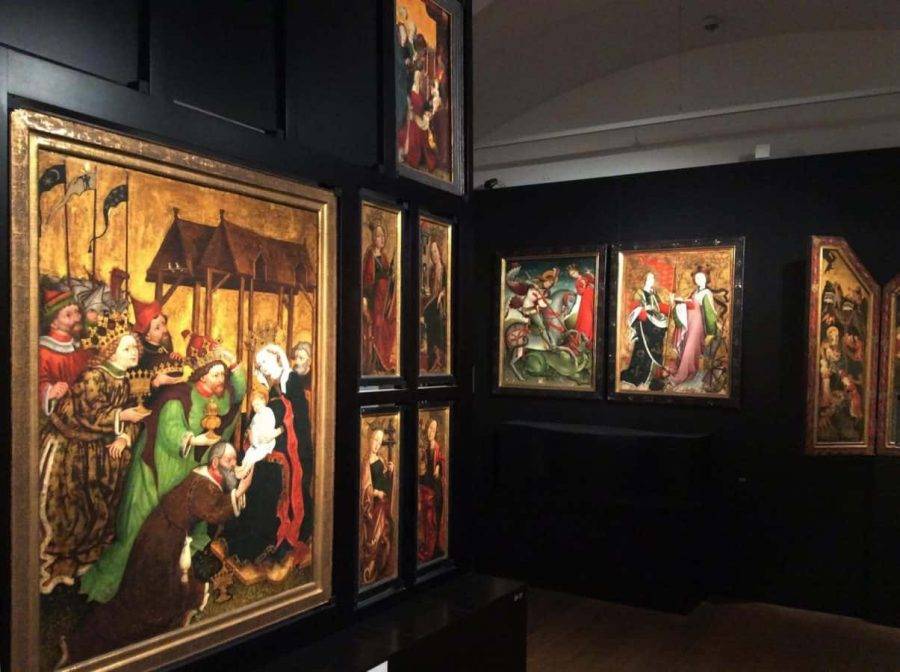
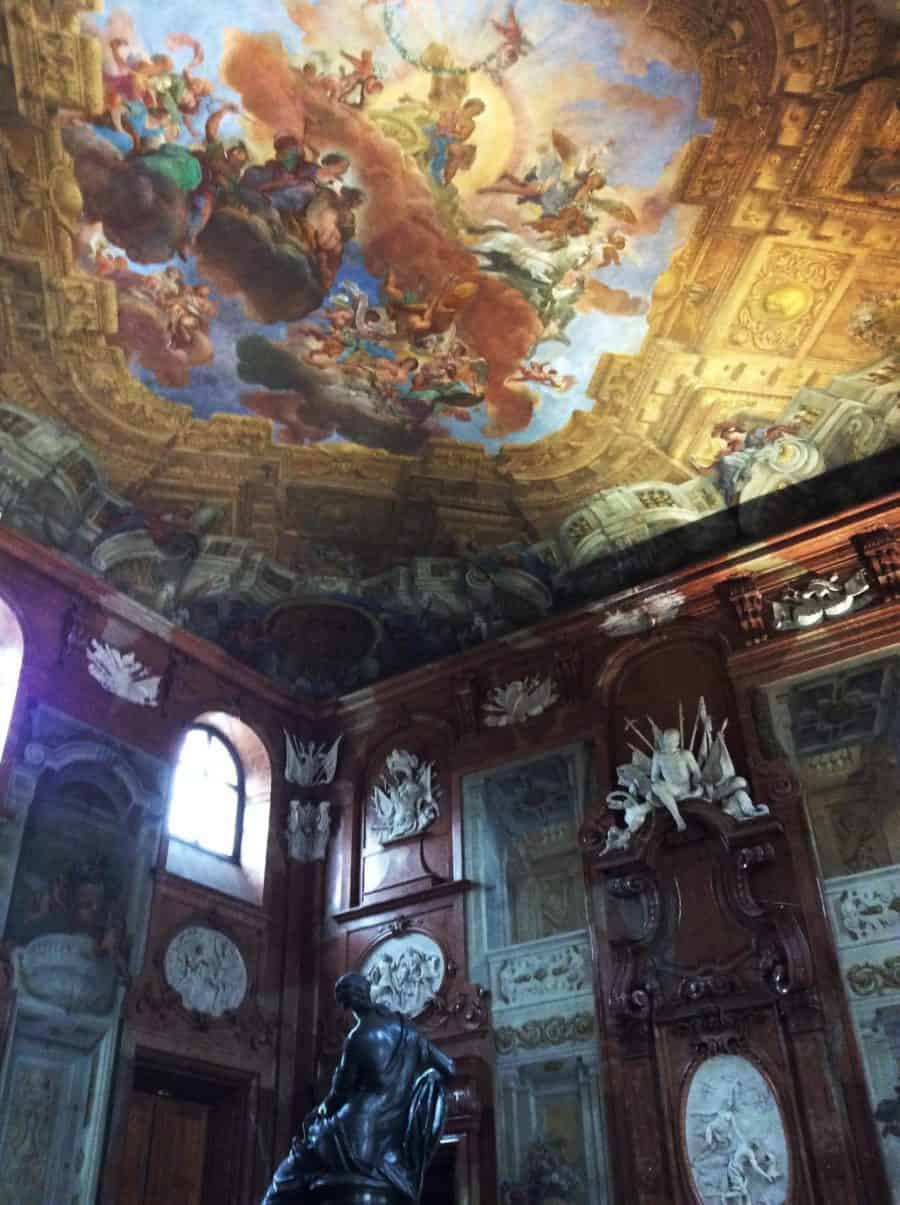
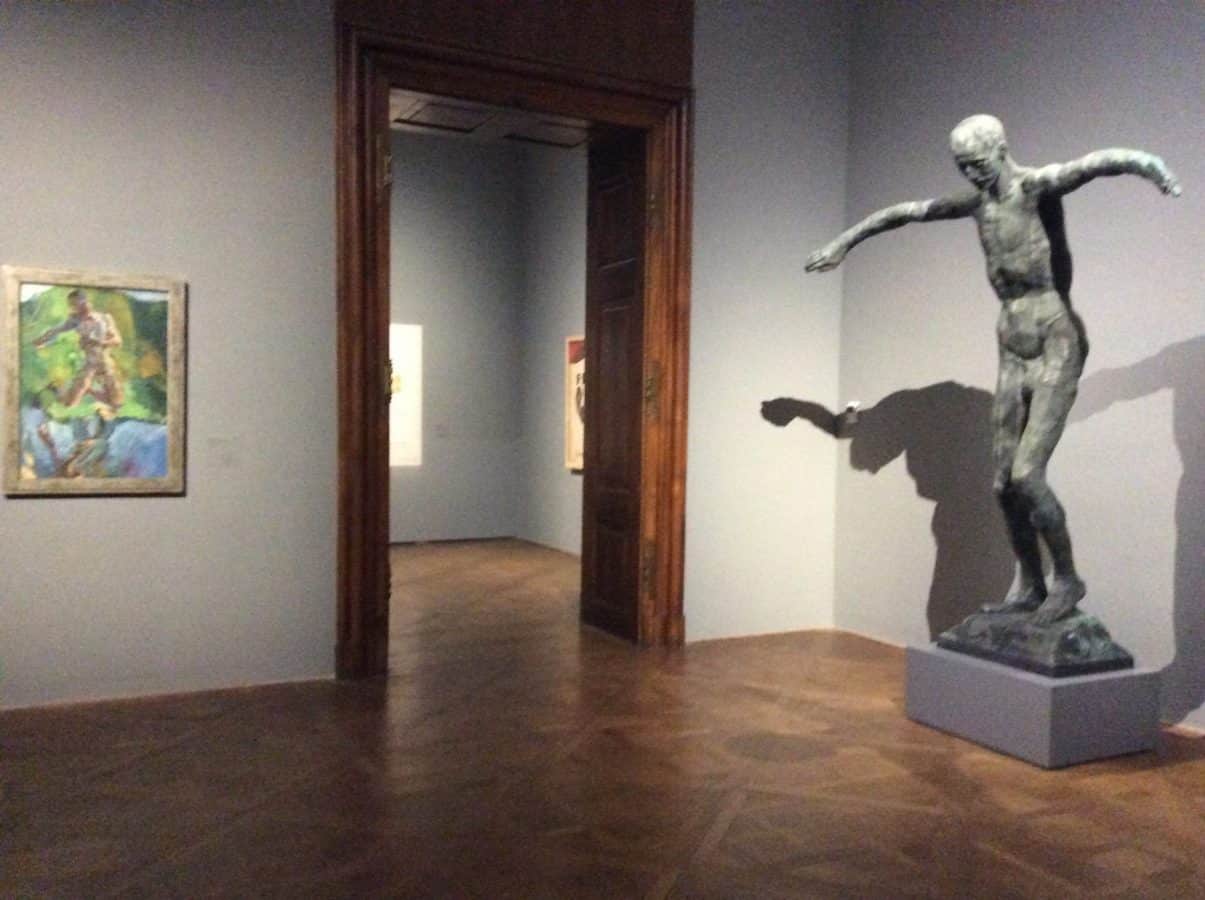
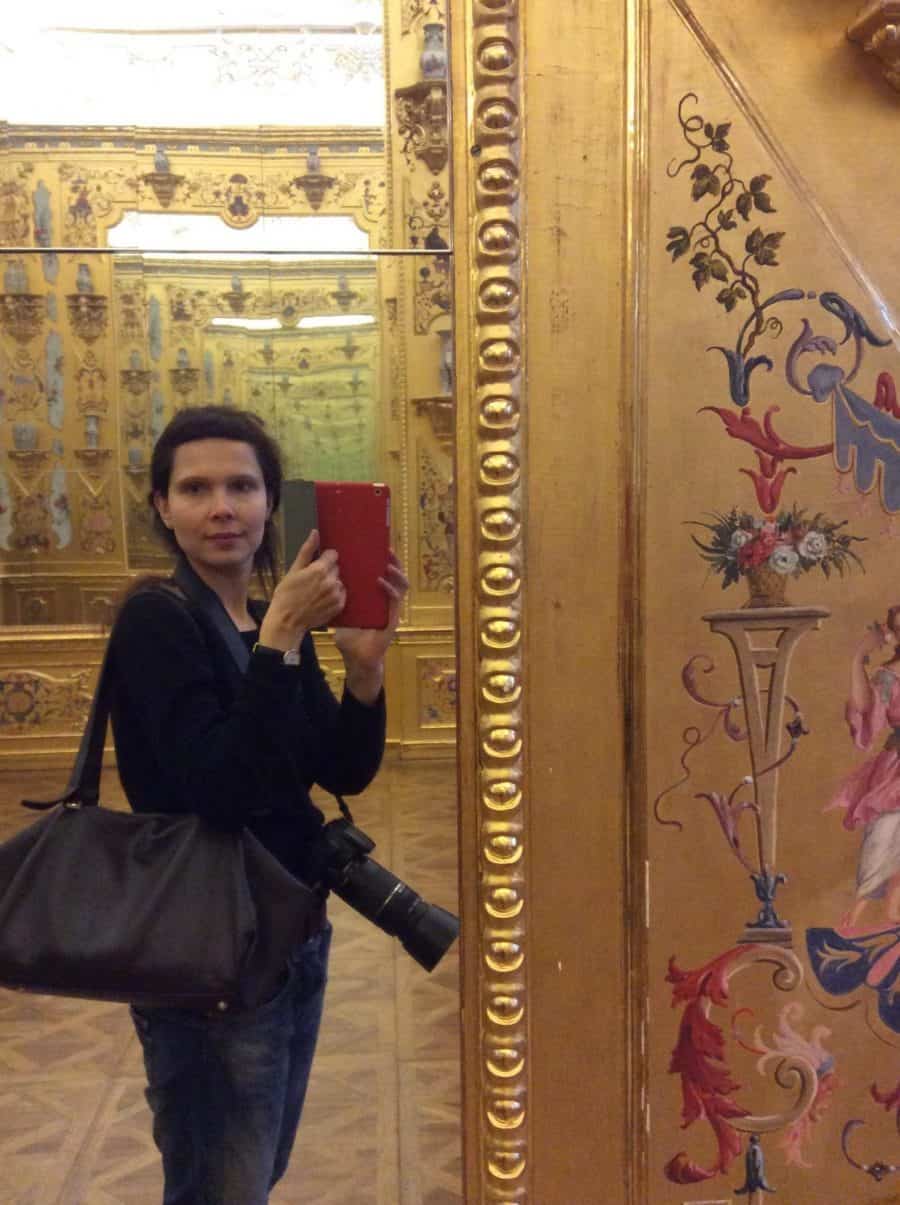
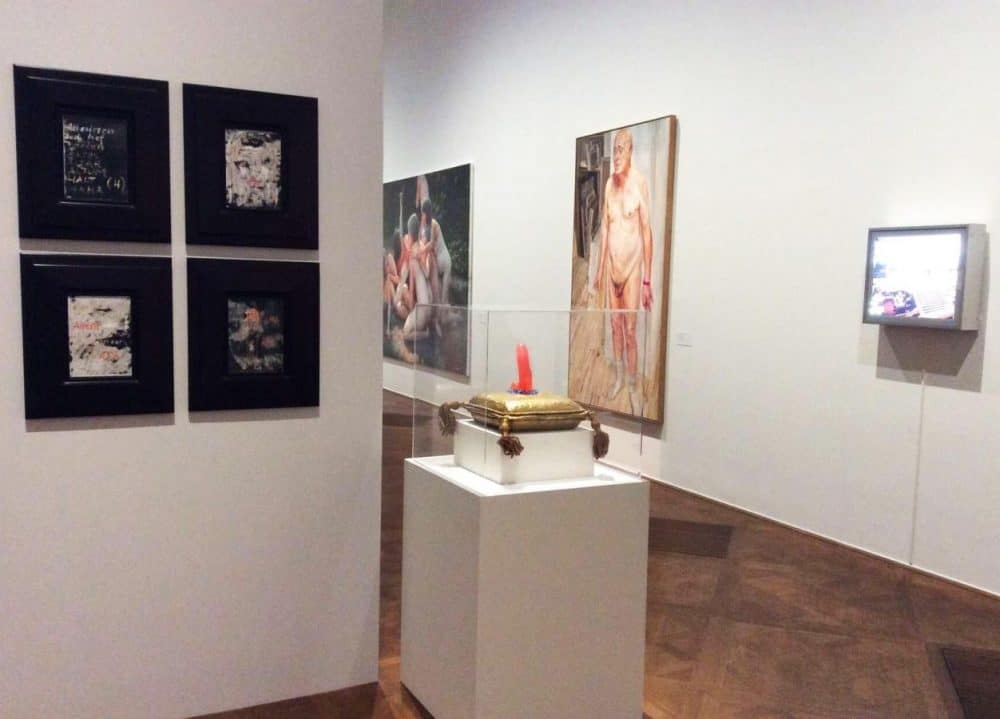
When deciding which Belvedere to visit, remember that the Upper Belvedere is a showcase of the artistic achievements of the nation. That’s why you’ll find the most famous names and the best works there, while the Lower Belvedere is where discussions are held about who is the “best of the best”. Sometimes these discussions are fascinating, sometimes spectacular, sometimes boring, but always very vivid.
Address: The Upper Belvedere Prinz Eugen-Straße 27; The Lower Belvedere 1030 Wien Rennweg 6, 1030 Wien
Opening hours: daily 10 am – 6 pm
Official website of Belvedere
.
You might also like:



